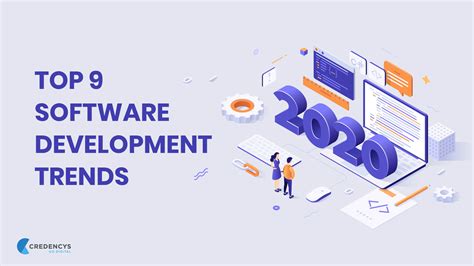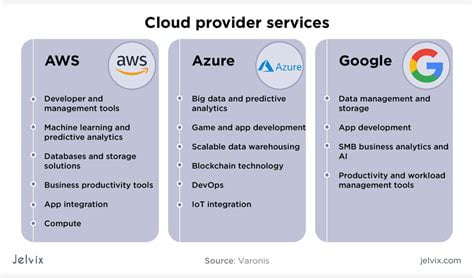As the world becomes increasingly data-driven, it’s no surprise that businesses are turning to analytic tools for big data to make sense of the information they collect. These tools enable organizations to collect, store, and analyze vast amounts of data from a variety of sources, allowing them to make more informed decisions and gain a competitive edge.
Collecting Data
One of the most important features of analytic tools for big data is their ability to collect and store large amounts of data from a variety of sources. These sources can include social media, website traffic, customer interactions, and even IoT devices. By collecting and storing this data, businesses can gain insights into their customers, their operations, and their markets.
Organizing Data
Once data has been collected, analytic tools for big data can also help to organize it. This can involve cleaning and preparing the data for analysis, as well as structuring it in a way that makes it easier to understand. By organizing data in this way, businesses can gain a clearer picture of what’s going on in their organization and make more informed decisions.
Analyzing Data
Of course, the most important feature of analytic tools for big data is their ability to analyze data. This can involve everything from basic reporting and visualization to more advanced predictive analytics and machine learning. By analyzing data in this way, businesses can uncover patterns and insights that they might not have otherwise noticed, allowing them to make better decisions and improve their operations.
Visualizing Data
Another important feature of analytic tools for big data is their ability to visualize data. This can involve creating charts, graphs, and other visualizations that make it easier to understand complex data sets. By visualizing data in this way, businesses can gain insights into their operations and markets that they might not have otherwise noticed.
Integrating Data
Finally, analytic tools for big data can also help businesses to integrate data from multiple sources. This can involve combining data from different systems or platforms to gain a more complete picture of what’s going on in the organization. By integrating data in this way, businesses can gain insights that they might not have been able to uncover otherwise.
What are some common types of analytic tools for big data?
Some common types of analytic tools for big data include Hadoop, Spark, Tableau, and SAS.
What are some benefits of using analytic tools for big data?
Some benefits of using analytic tools for big data include gaining insights into customer behavior, improving operational efficiency, and identifying new opportunities for growth.
What are some challenges associated with using analytic tools for big data?
Some challenges associated with using analytic tools for big data include managing and storing large amounts of data, ensuring data quality and accuracy, and finding the right tools for the job.
What is predictive analytics?
Predictive analytics is a type of data analysis that involves using statistical algorithms and machine learning techniques to make predictions about future events or behaviors.
What is machine learning?
Machine learning is a type of artificial intelligence that involves training algorithms to make predictions or decisions based on data.
What is data visualization?
Data visualization is the process of creating charts, graphs, and other visual representations of data to make it easier to understand and analyze.
What is data integration?
Data integration is the process of combining data from multiple sources into a single, unified view.
What is data cleansing?
Data cleansing is the process of identifying and correcting errors and inconsistencies in data to improve its quality and accuracy.
Using analytic tools for big data can provide businesses with a wide range of benefits, including:
- Improved decision-making
- Increased efficiency and productivity
- Cost savings
- Competitive advantage
- Improved customer satisfaction
Here are some tips for getting the most out of analytic tools for big data:
- Start small and focus on specific use cases
- Ensure data quality and accuracy
- Invest in training and education for your team
- Choose the right tools for the job
- Use visualizations to make data easier to understand
Overall, analytic tools for big data are an essential part of any data-driven business. They enable organizations to collect, store, and analyze vast amounts of data from a variety of sources, providing valuable insights into their operations and markets. By using these tools effectively, businesses can make better decisions, improve efficiency, and gain a competitive edge.
 Eltupe Technology And Software Updates
Eltupe Technology And Software Updates



